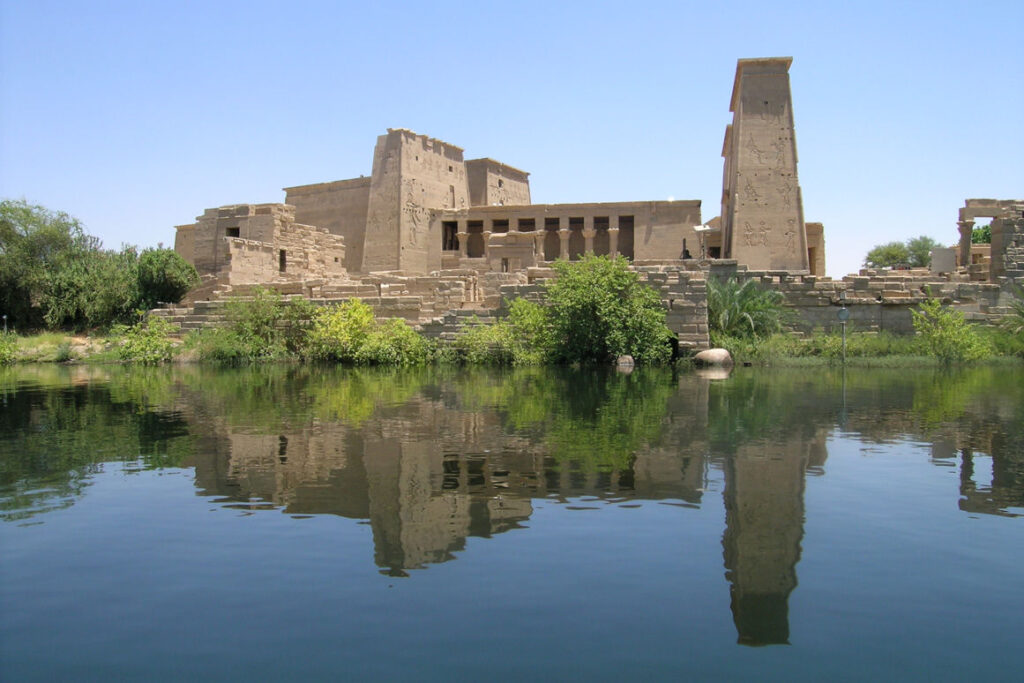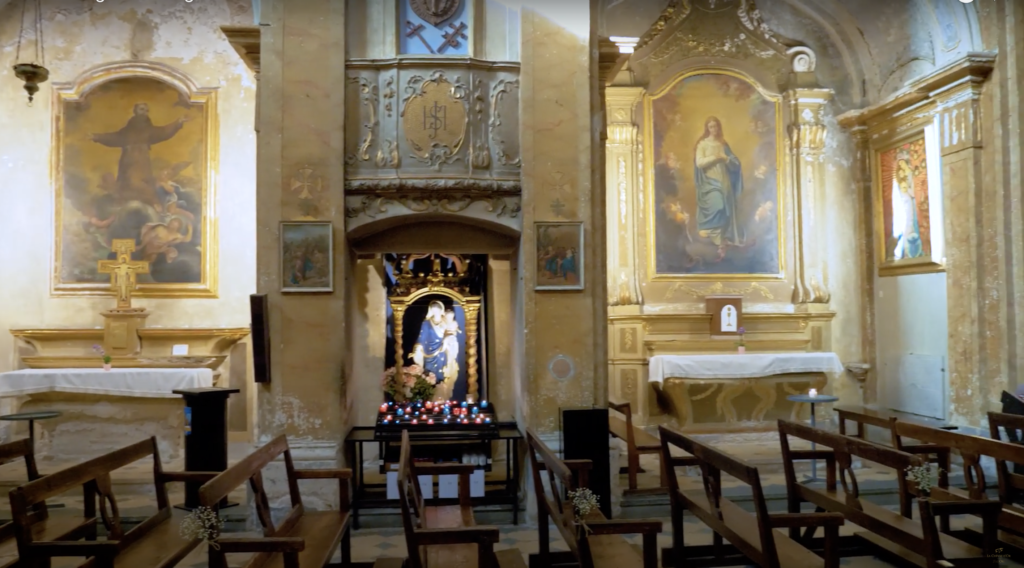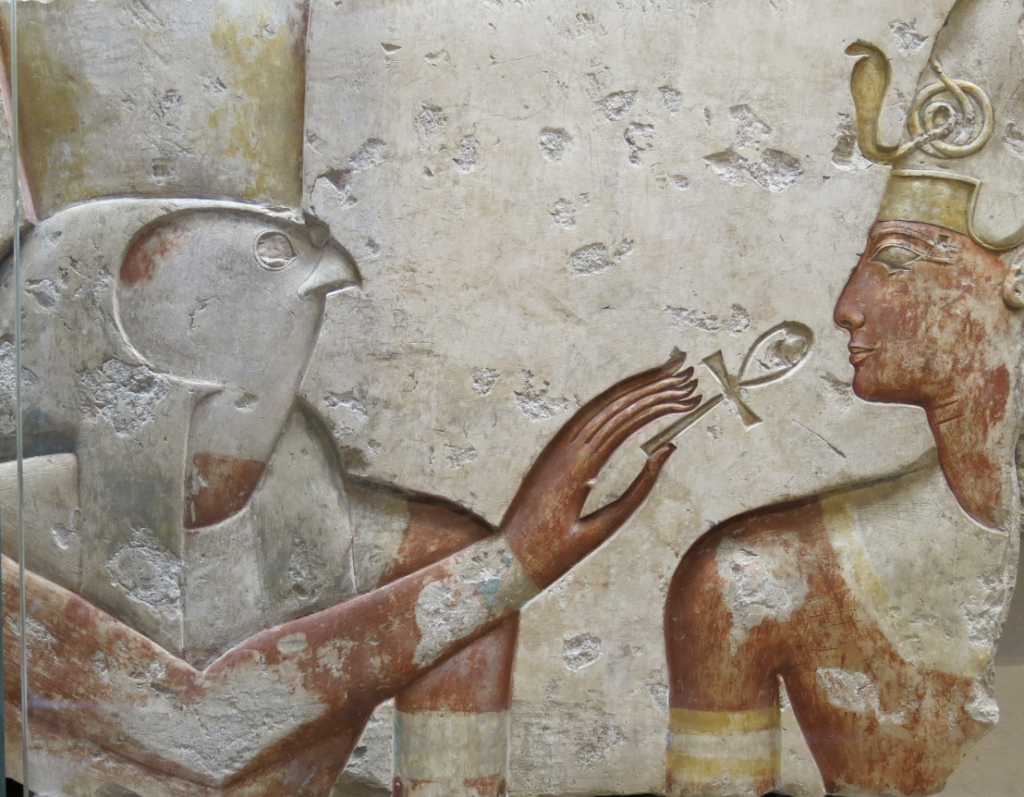
The world is witnessing a revival of interest in Goddess Isis, the feminine aspect of divinity that has been neglected for so long by patriarchal world religions.
Isis of Ten Thousand Names was the principal Goddess of the Egyptians. Her worship spread south and west into Africa via the Upper Kingdom, and into the Middle East via the Lower Kingdom. By ___ BC, Alexander the Great and the Macedonian Greeks developed Ptolemaic Egypt. They spread Her worship in Alexandria and even further.
The Greeks named Egyptian Auset, Isis and her worship in Alexandria inspired Alchemy that eventually spread to secular scholars. It was Isis who taught the alchemical secrets of Hermetic wisdom attributed to Hermes Trismegistus.
When Rome took power, a new cult of worshippers in the Roman Empire spread Her worship throughout Europe. Temples were created in her honor in Libya, Italy, Greece, Spain, France and even London. It is during this period that Isis became identified with all Goddesses, an identification which continues today.

Eze, France
As the Bronze Age Phenicians spread their empire across Europe and into France, they left signs of their worship of Isis along the French RIviera.
In a small village of Eze, near Nice, The village owes its name to an ancient Isis. It is in her name that the ancient Phoenicians who colonized these lands consecrated their temple.
There is a Church of Assumption of Notre Dame in which Mother Mary and Jesus stand in front of paintings of ankhs. Why are there ankhs in a Christian church? Because the cult of Isis was widespread in the Mediterranean and Eze was once ruled by Italians who continued to worship Isis even after the Pheonicians. Isis is one of the greatest goddesses of Antiquity, an Egyptian ideal of femininity and motherhood. Even the mythical Phoenix is depicted on the coat of arms of Eze along with the saying “Isis Moriendo Renascor” which means, “When dying, I am reborn”.






Leave a Reply